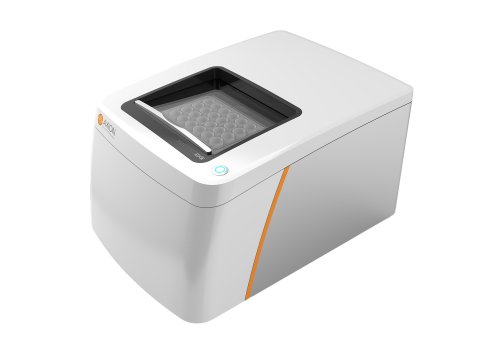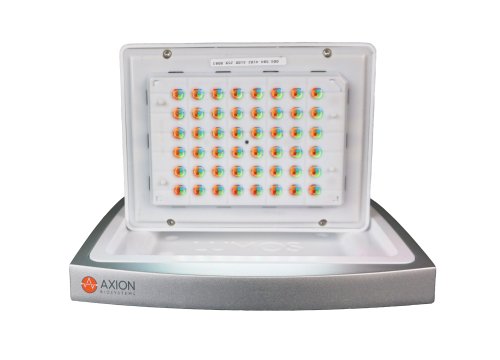Authors: Homa Majd, Ryan M. Samuel, Andrius Cesiulis, Jonathan T. Ramirez, Ali Kalantari, Kevin Barber, Sina Farahvashi, Zaniar Ghazizadeh, Alireza Majd, Angeline K. Chemel, Mikayla N. Richter, Subhamoy Das, Jacqueline L. Bendrick, Matthew G. Keefe, Jeffrey Wang, Rahul K. Shiv, Samyukta Bhat, Matvei Khoroshkin, Johnny Yu, Tomasz J. Nowakowski, Kwun Wah Wen, Hani Goodarzi, Nikhil Thapar, Julia A. Kaltschmidt, Conor J. McCann, and Faranak Fattahi
Nature, 25 June 2025
Scientists used Maestro MEA and Lumos to assess enteric nervous system (ENS) ganglioid activity, supporting their use in drug screening and gut motility therapy.
Gastrointestinal motility disorders caused by enteric nervous system (ENS) dysfunction remain difficult to treat. In this study, researchers developed 2D ENS cultures and 3D ganglioids derived from human pluripotent stem cells (hPSCs) to model ENS function and evaluate therapeutic strategies. To assess neuronal activity, they used Axion BioSystems’ Maestro MEA platform in combination with the Lumos optogenetic stimulation system, enabling label-free functional characterization of ganglioid responses to light-based stimulation and pharmacological treatment with adrenaline.
The ganglioids, which contained functional nitric oxide (NO)-producing neurons, demonstrated robust electrophysiological activity and were used to screen small molecules that regulate NO neuron differentiation. When transplanted into a mouse model, the ganglioids engrafted successfully and improved colonic motility, showcasing the potential of stem cell-derived ENS tissue for regenerative therapies.




